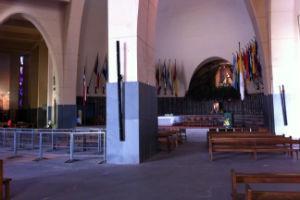 Installing sound systems in a temple or church is also a way to help all those who come because they require a voice of encouragement at a certain time in their lives.
Installing sound systems in a temple or church is also a way to help all those who come because they require a voice of encouragement at a certain time in their lives.
Richard Santa
Felipe Vargas is an audio professional who has been dedicated to the installation of sound systems in churches and temples for 19 years. In his experience, he has more than 300 buildings of this type intervened throughout Latin America. Although his education is as a classical pianist, to which he dedicated 14 years of his life, he went to professional sound after finding a deficiency in the acoustics of temples and churches, which did not allow him to make a good presentation.
To achieve the recognition he has today, to the point that among his colleagues he is known as "Felipe Iglesias", he attended many courses in the United States, reading a lot about concepts, understanding them and applying them. Today he assures that his work is a combination of science and art, having taste and skill.
He shared with AVI LATINOAMÉRICA some of his experiences on a growing segment of the industry.
Richard Santa: How long have you been working with the sounds of temples and churches, why did you decide to dedicate yourself to this segment?
Felipe Vargas: In 1994 my interest in audio in churches began, when I realized that there are very few professionals who are involved with sound in these spaces and in most of the installed systems are of poor quality or very poorly implemented. It was presented to me as a job opportunity to specialize in a niche and somehow help a lot of people who go to a church and need to hear something.
RS: How much do you care in Latin America about having a good sound installation in churches and temples?
FV: There are very few who worry, especially it is due to ignorance, there is a lack of an experienced provider in the subject to give the solution they require. But more than technical, conceptual aspects play. Many churches have not realized the need to invest in an audio system and others do not because they believe it is very expensive.
RS: What are the main difficulties that a church or temple faces if it does not have a good sound system?
FV: It's mainly an emotional problem. Churches are made to summon a number of people who come to hear the priest or pastor preach the word of God, and in most cases it is not clearly understood and end up going by pure faith. But this makes people demotivated and not come back.
It is proven that the attendance of parishioners to a church after implementing a good sound system can increase by 30%.
RS:. Among the different religions, do some care more than others about the sound in their temples?
FV: Yes, mainly contemporary Christians are the ones who care most about this issue, because they are the ones who pay the most attention to the audiovisual part, the sound, the video as support for their religious services. The other religions don't worry. I insist, it is more ignorance about the solutions available and that are within reach.
RS: Does the architecture of temples and churches, especially the old ones, affect the acoustics?
FV: The shape and acoustics of the old churches were designed for a specific purpose: to be heard throughout the church with very little effort. That is why the vaults, the domes, the highly reflective materials. At that time, in the case of Catholic churches, the Mass was in Latin and so it did not matter if the message was clear because no one understood.
But when the masses become in the language of the peoples and the message that is delivered matters, contemporary churches cease to have columns and vaults. The challenge today is to make architects aware that acoustics has to respond to current needs, with indicated materials.
RS: During the design process for new temples, are acoustics and materials being taken into account?
FV: In most cases they are not being taken into account in the design. I have been in projects built less than ten years ago in which the architects make a very nice temple but without acoustics. This happens in any religion, although Christians do consider it more because they use bands and audiovisual aids. But in general you need an acoustic advisor in the designs.
RS: What are the main difficulties you face when installing a sound system in a church?
FV: There are many factors to consider. The main difficulties are in being able to implement a functional solution according to the needs of the place, that the word is heard, that it is understood and that it is aesthetically acceptable. That costs a lot, it is a very complex balance and many pastors and priests reject it for the aesthetic.
RS: How is the relationship with the customer to convince him that it is the most appropriate solution?
FV: Sound is a very relative subject, you have to ask yourself if it is science or art. For me it is one of the two. There is a mathematical part that is exact, but then comes a part that depends 100% on the ear, the taste, the experience of who is installing the sound to make it sound good.
To convince the client, a partial demonstration of what is going to be installed in the church must be made, comparing what it has. In my experience I have identified that a church buys two or three sound systems before buying the one that actually works, because most are solutions chosen by price.
RS: What aspects should be taken into account when intervening sound in a church or temple?
FV: First you have to know and understand that all churches are different and have particular needs. That is why we must be clear about what the use of the system will be. Second, start from a good design that does not only go in the teams. An electroacoustic design program must be used that creates 3D models with all the characteristics of the space to be intervened and thus identify the exact requirements. But the acoustics in churches are always going to be complex.
Thirdly, it must be borne in mind that many times the sound requires an electrical system independent of that of the building to provide an appropriate electrical power.
RS: What happens when an old building is intervened and requires new wiring or deeper interventions?
FV: It is one of the most delicate issues, not only good quality equipment is enough, they must be well installed. In most churches there are no pipes or they are metal and rusty. A game comes where the situation is complicated, you have to break walls, in the middle of the ceilings or outside them. Sometimes it is better to lift the floor and not the ceilings.
In many cases they do not allow breaking walls or columns because churches are cultural heritage. It is a job that becomes complex and you have to look for an adequate solution aesthetically and technically.
RS: Are there solutions in the regional market to perform a good sound intervention in a church or temple, from the design and implementation?
FV: Not all Latin American countries are available the products necessary for a good intervention. But in most of them, that's why it's time to play with knowledge and a good supplier. In some cases it is time to import them.
Manufacturers have dedicated themselves to bringing out exclusive solutions for churches. They play with colors, sizes, wired and wireless. Wiring should be considered not only value in cost but of importance for the project. Cables must be used for permanent installations, not for scenarios, in this way they reject frequency interference, they are a durable and aesthetically presentable solution.
RS: How expensive is it to equip a church or temple with a good sound?
FV: The most important thing is that for a church the sound system should never be considered as an expense, it is an investment. It is what will allow the grass or priest to all people to listen to him and understand his message.
An intervention of this type is high, it will never be less than US $ 10,000, although it can be done in stages. It depends 100% on the size, dimensions and acoustics of the temple. Many times they spend more money to use cheap things of poor quality that are short-lived.
RS: In your experience of sound work in churches and temples, what has been the project that meant the greatest challenge?
FV: They are all very complex, but there are two that I remember a lot and in which I had to test all my experience.
The first was in Costa Rica in 1997. The Cathedral of Ciudad Quesada has from the altar to the atrium 80 meters, 40 meters wide, 25 meters high and a reverberation of more than 10 seconds. As the systems we have today did not exist, the only solution was to make a complete acoustic conditioning with coatings on walls and ceilings with absorbent material.
The second project is the Votive Temple of Maipú, where there was a critical situation of more than 12 seconds of reverberation in the low frequencies due to the shape of the church in which the height varies. It was necessary to use technologies that allowed to focus the sound where the people are sitting through linear systems.





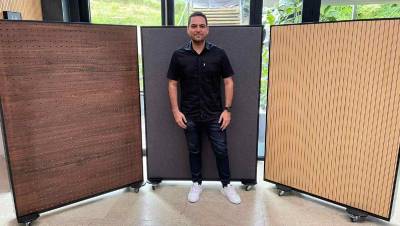

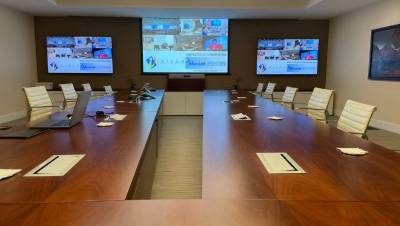

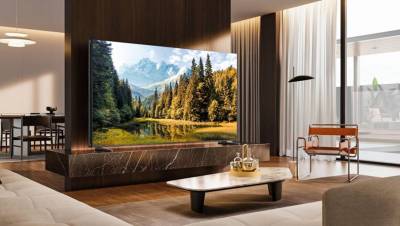




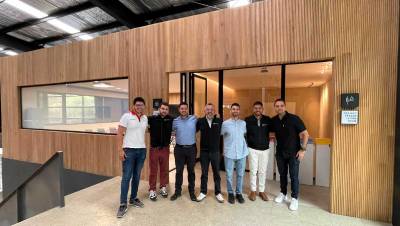
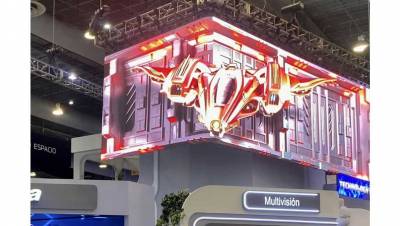
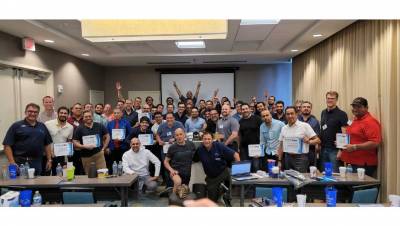









Leave your comment